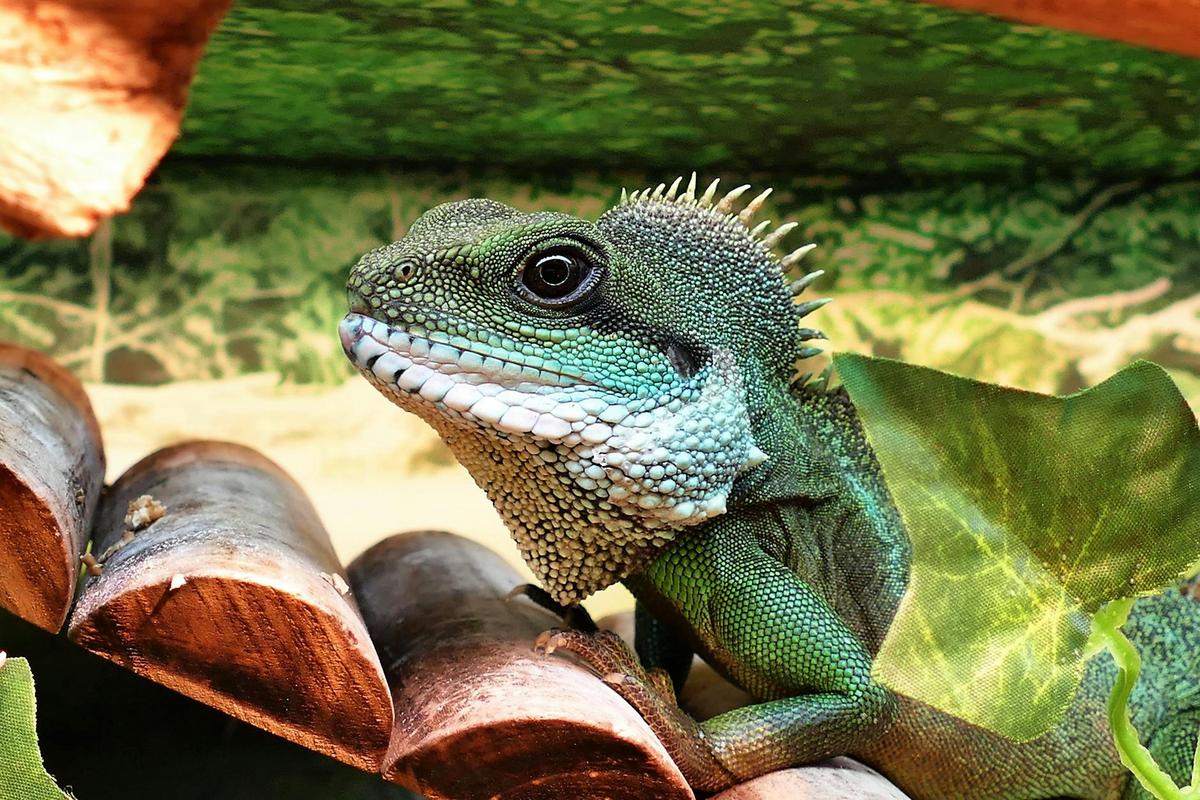
How to Create a Safe and Stimulating Environment for Birds
Creating a safe and stimulating environment for birds is crucial for their health and happiness. Whether you’re a seasoned bird owner or considering adopting your first feathered friend, understanding how to craft an enriching habitat can make all the difference in your pet’s well-being.
Birds, with their vibrant plumage and engaging behaviors, are fascinating companions. Yet, to thrive, they require more than just food and water; they need an environment that mirrors their natural habitat as closely as possible. Let’s delve into the essentials of creating such a space for your avian friends.
Understanding Your Bird’s Needs
Every bird species has unique requirements. Parrots, for instance, are highly social and intelligent, needing constant mental stimulation, while finches thrive in environments where they can fly freely. Researching your bird’s specific needs is the first step. The American Veterinary Medical Association emphasizes the importance of species-specific care, noting that “understanding the natural behaviors of your bird’s species can significantly impact their quality of life.”
Key Elements of a Safe Environment
The Right Cage
Your bird’s cage is their primary home, so choosing the right one is critical. Ensure the cage is spacious enough for your bird to move freely, stretch its wings, and engage in natural behaviors. The spacing of the bars should prevent escape and injury.
Quality of Air
Birds are sensitive to air quality. Avoid using aerosol sprays and ensure proper ventilation. According to research, poor air quality can lead to respiratory issues in birds, making it essential to maintain a clean and fresh environment.
Stimulating Your Bird’s Mind
Toys and Activities
Providing a variety of toys is crucial for mental stimulation. Rotate toys regularly to keep your bird engaged. Different textures, colors, and shapes can intrigue and entertain them, preventing boredom.
Social Interaction
Birds are inherently social creatures. Spend time interacting with them daily, as this not only strengthens your bond but also enriches their lives. For single birds, consider placing mirrors in the cage to provide company, but remember, this is no substitute for real social interaction.
Dietary Considerations
A varied diet is essential for your bird’s health. Include fresh fruits and vegetables alongside seeds and pellets. Consult with an avian veterinarian to tailor a diet specific to your bird’s nutritional needs.
| Food Type | Examples | Benefits |
|---|---|---|
| Seeds | Sunflower, millet | Rich in fats and proteins |
| Fruits | Apples, berries | Vitamins and minerals |
| Vegetables | Carrots, spinach | Fiber and nutrients |
| Pellets | Commercial bird pellets | Balanced nutrition |
FAQs
How often should I clean my bird’s cage?
It’s best to clean the cage thoroughly once a week and remove any waste daily to maintain hygiene.
Can birds recognize their owners?
Yes, many birds can recognize their owners and enjoy interacting with them, strengthening their bond.
In summary, crafting a safe and stimulating environment for your bird involves understanding their specific needs, providing ample space, ensuring mental stimulation, and maintaining a balanced diet. By paying attention to these elements, you can create a habitat where your bird not only survives but thrives. For a deeper dive into avian care, explore American Veterinary Medical Association for more resources. Taking these steps ensures your feathered friend leads a happy and healthy life.


